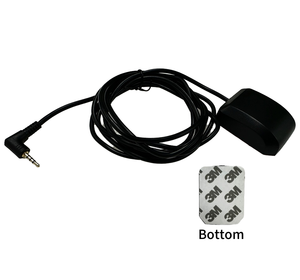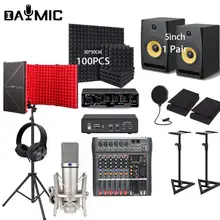Exploring Bluetooth Audio Receivers
Within the realm of audio technology, Bluetooth audio receivers have emerged as a pivotal component for wireless sound systems. These devices serve as a bridge, connecting Bluetooth-enabled devices to speakers, amplifiers, or car audio systems, thus facilitating a seamless audio experience without the constraints of cables.
Variety and Compatibility
Bluetooth audio receivers come in various forms, each tailored to specific user needs. From compact models designed for on-the-go use to more robust versions for home entertainment systems, the diversity is vast. Compatibility is a key factor, with most receivers supporting advanced Bluetooth versions like BT 5.0, ensuring a stable and efficient connection. Additionally, these receivers often boast multi-functionality, with many supporting stereo output and dual-device connectivity.
Design and Aesthetics
The design of a Bluetooth audio adapter is not just about aesthetics but also about functionality. Choices range from sleek, minimalist black units to more vibrant options in blue and white, catering to different tastes and design preferences. The compactness of a wireless audio receiver makes it an unobtrusive addition to any setup, whether it's a car dashboard or a living room shelf.
Features and Usability
When it comes to features, a wireless Bluetooth receiver is equipped with various user-centric functionalities. Hands-free operation is a common feature, often accompanied by built-in microphones for voice commands or calls. Some models also offer auxiliary input options, broadening their compatibility with non-Bluetooth devices.
Applications and Use Cases
The applications of a Bluetooth audio receiver are diverse, ranging from upgrading car audio systems to enabling wireless music streaming on home audio systems. They are also widely used in professional settings, such as in studios or for public speaking events, where audio clarity and reliability are paramount.
Materials and Durability
Manufacturers of Bluetooth receivers prioritize durability, often utilizing robust materials that can withstand regular use. While the internal components are designed for optimal signal reception and sound transmission, the external build is made to resist wear and tear, ensuring longevity of the device.















































 浙公网安备 33010002000092号
浙公网安备 33010002000092号 浙B2-20120091-4
浙B2-20120091-4